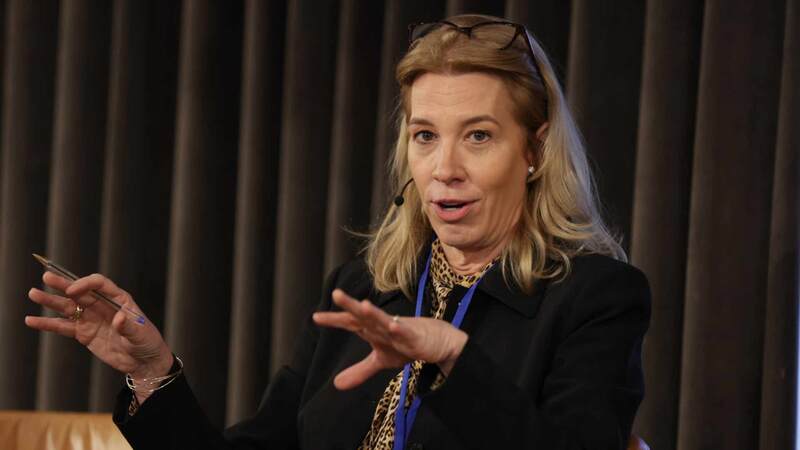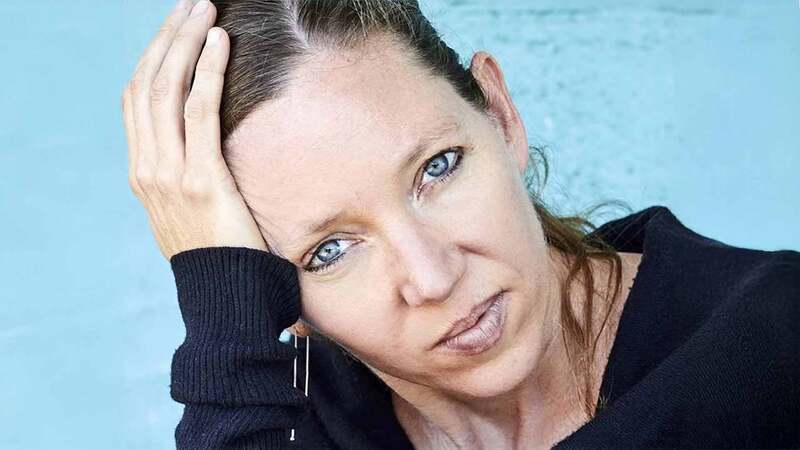You are viewing your 1 free article this month. Login to read more articles.
Helena Rubinstein, the beauty queen
People always ask me the same question: "What made you want to write about Helena Rubinstein?" And the answer is always the same. Reading her autobiography – in which she does nothing but lie – made me want to know more, and I became passionate about the very romantic yet modern story of this petite (4'8") woman of Polish descent, forever perched on sky-high heels, who passed away nearly 50 years ago.
I was, and remain, fascinated by her enthusiasm, her curiosity, her bravery and her youthfulness. She was afraid of nothing and had endless energy, passion, and intelligence. She was a real heroine and, as she used to say, her life experiences could easily have filled half a dozen lives. She remains a role model and an inspiration not only to businesswomen but women all over the world.
Helena Rubinstein left Poland, where she was born in 1872, for Australia at the age of 24. She was the eldest of eight daughters in a Jewish orthodox family, and waiting to be married off. To escape this constricting universe and the future her parents had planned for her, she set off alone for Melbourne with – as a parting gift from her mother – several pots of skin cream. When the young Helena saw how the heat and dryness ravaged Australian ladies' faces, she came up with the idea of selling her cream. Once the local women tried it, Helena Rubinstein soon became a hit.
The power of beauty
At the forefront of women’s rights movements, Helena opened her first beauty salon in Melbourne in 1902, the year that women obtained the right to vote in Australia. She provided beauty treatments and sold her "Valaze" cream, which was a runaway success. She was ingenious in her understanding that beauty could be a source of power for newly-emancipated women, and that beauty had to be accessible to everyone.
That is how one woman invented the cosmetic industry and made it available to all women, pioneering the field of make-up, which, until the early twentieth century, was worn only by actresses and prostitutes. Helena's beauty institutes across the world helped women understand that they had the right to be beautiful for themselves; she taught them how to do their makeup, how to take care of their skin, their bodies, and their well-being.
This brilliant and visionary businesswoman made a fortune in Australia. She understood how important communication is to women and used mail-order sales to promote her brand. She went on to conquer Europe, starting in London and then Paris. Everywhere she went, ladies were crazy about her products, which she ceaselessly improved and expanded.
In 1915 she set out to conquer America – and once again her bet paid off. Soon her products were on sale not only in beauty salons but in department stores and drugstores across the country. Nothing could stop her as she single-handedly built an empire. The Rubinstein name became synonymous with modern beauty. She invented the profession of aesthetician by ensuring that the people selling her products were given proper training. Obsessed with the notion of putting science at the service of beauty, she worked with dermatologists and cosmetic surgeons and ceaselessly researched cutting-edge developments in dermatology and even surgery.
Pygmalion
Along the way, she married her first husband Edward Titus, a talented journalist and Pygmalion figure who helped her build up her image – he called her " Madame" – but was often unfaithful. She was madly in love, and he made her suffer miserably. But he knew everything one needed to know about culture and art. It was through Edward that she was introduced to Cocteau, Colette, D.H. Lawrence, Man Ray and Chagall. Through her second marriage to a Georgian nobleman, she obtained the title of princess.
She sold her to business to Lehman Brothers in 1928 only to buy it back one year later in the midst of the Depression. She made a profit of $6 million on the deal, and became one of the wealthiest and esteemed businesswomen of her day. All her life " Madame" collected pieces from, and gave work to, the greatest artists of the time – either decorating her institutes, her beautiful houses in Paris, London or New York, or designing her adverts or bottles. She was painted by Raoul Dufy, Salvador Dali, Marie Laurencin, Christian Berard, Jacques Helleu, and photographed by Man Ray. Picasso did 40 drawings of her. She had one of the largest art collections in the world, including paintings, sculptures, and furniture – she always said she liked to buy in bulk.
When Helena died in 1965 at the age of 93, her brand had reached more than 30 countries, with 14 factories in operation and a number of beauty salons. From selling little jars from Krakow to building one of the biggest cosmetics empires of the twentieth century, Helena Rubinstein’s story was, indeed, worth writing about.
Helena Rubinstein by Michèle Fitoussi is published by Gallic Books on 11 March.















